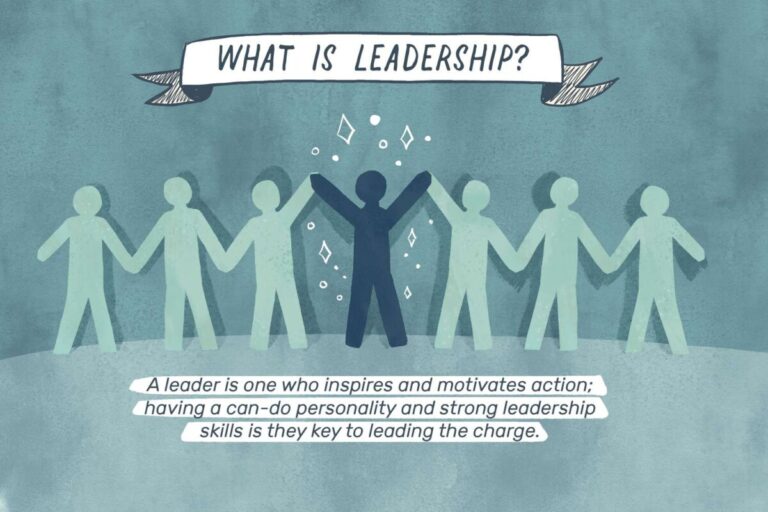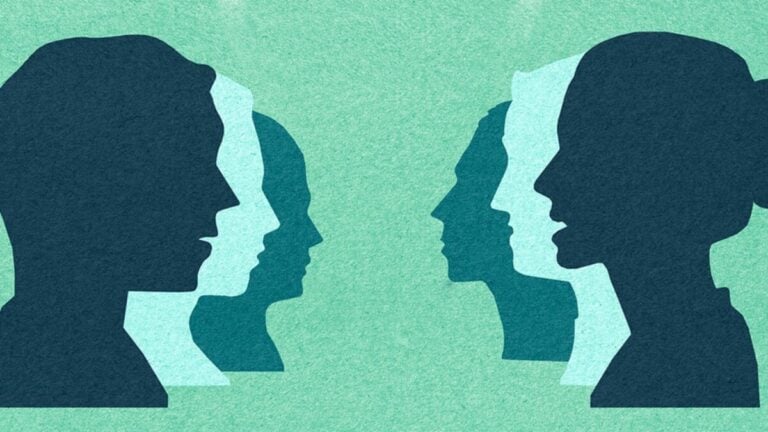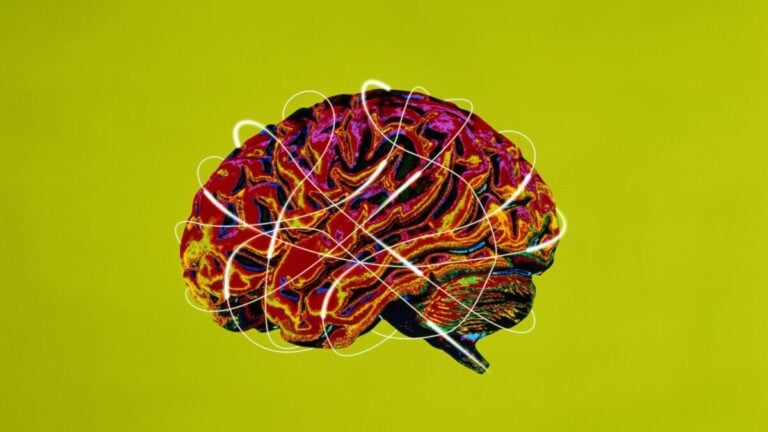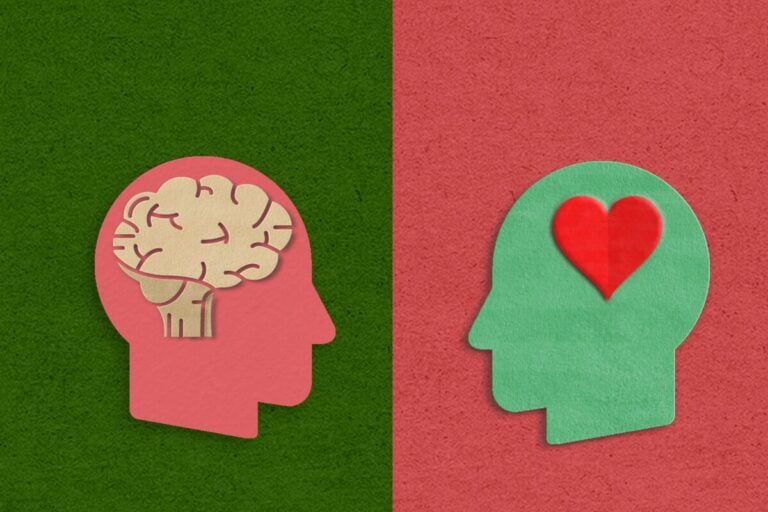What makes some people lead the crowd, convince them of their vision, infect them with faith in their goals, and others – despite their sincere intentions – never succeed? How did it happen that some of the people that no one had heard of became great leaders and made history? There are no clear answers to these questions.
However, as a source of success for these people, one can certainly identify certain traits of character, behavior and appearance that inspire confidence in the leader and encourage others to follow him.
Who is a modern leader?
Understanding the image of a leader is worth starting with a small exercise. Close your eyes and think for a moment about the first modern leader you can think of. Think about how he looks, what he says and how, what characterizes him?

As you can see, there can be many associations, but all the above examples have one thing in common – these people are considered leaders for different reasons. So who is the modern leader? Taking into account the above associations, we can say that he is a firm, courageous person who strongly defends his views, believes in his goals, inspires respect and is a great authority for some people.
All of the above leaders have a certain style that distinguishes them from other citizens. This style arose from their way of speaking and movement, as well as from the specifics of their position (which often affects many aspects of life, such as clothing). Undoubtedly, however, it can be assumed that each of them is a good example of the image of the leader. Precisely – what kind of image is this and can we talk about one universal model in the case of leaders? Will we learn by creating one behavior pattern how to be a good leader?
A person’s image is made up of several factors
The dictionary states that the word “image” can be used in two senses. Firstly, as someone’s likeness in a drawing, image, photograph, etc., or secondly, as the way a person or thing is perceived and presented. Of course, the image in the approach discussed in this article applies to the second of the cited ways of understanding a word.
Extending the above definition to thinking about leadership, an image can be said to be the way a given person is perceived and perceived by their environment. To be able to talk about the image of a leader, you need to think about what influences how you perceive others? How can we judge whether a given person reflects a leadership position?
There are four main areas that influence a person’s perception. First and – most obviously – it is appearance, secondly – demeanor (including expression), thirdly – the body of knowledge, attitudes and declared values, fourthly – attitude.
Leader appearance

Speaking of “appearance”, one should keep in mind not only the physical characteristics of a person (for example, height, physique, hair color, etc.) or the way he dresses, but also his symbols (for example, car, jewelry, etc.). Of course, the way in which certain “processings” associated with this aspect of image building are perceived depends largely on the culture, the state system, or the organization itself. For example, in the army, a commander can be recognized by the number of stars and stripes on shoulder straps.
The fact that physical nature is not so important for the formation of the image of a leader is evidenced by the fact that both in history and today there are cases when leaders were not among the highest, but, thinking about them, many people attribute them to a height of more than 190 cm. You can also cite the example of Napoleon Bonaparte, who conquered the world, having – according to various estimates – about 168 cm (at that time he was a leader of rather average height). Also, several short leaders participated in World War II – Joseph Vissarionovich Dzugashvili, that is, Joseph Stalin, was 164 cm, Adolf Hitler – 165 cm, Winston Churchill – 173 cm.
Leader behavior

The vast majority of leaders, including those mentioned at the beginning of the article, had excellent oratory skills. Due to the fact that leadership consists mainly in “kidnapping” the people behind you, it is necessary to have the gift of persuasion, that is, to formulate messages in such a way that others believe and feel what the leader feels. Without proper expression of one’s vision and mission, it is impossible to enlist the support of the crowd.
The authors of one of the first studies of leadership – Lippitt and White – emphasized that in the pursuit of leadership success, it is not about who the leader is, but how he behaves. Based on this, different types of leadership were identified, that is, how exactly a leader can act in order to be considered a leader. Lippitt and White, mentioned above, spoke of democratic and autocratic styles, in other works, people-oriented and task-oriented styles are distinguished. Of course, certain leadership styles work more or less across cultures and organizations.
However, later studies have shown that a person’s behavior is largely determined by his character traits. Consistency of behavior with personality, values and goals is also important for the perception of the leader by others. Therefore, it is now emphasized that some leadership qualities can be learned, but still some conditions are mentioned that are sucked out of breast milk. So, how should a modern leader in an organization behave? A leader should take care of his subordinates – motivate them to involve them in the decision-making process, talk to them, share their ideas, but also listen carefully to what they have to say. The leader also needs to be firm, have excellent interpersonal skills in order to clearly and clearly communicate their goals.
Knowledge, views and values of a leader

A characteristic feature of all the leaders (mentioned at the beginning of the article and not only) was their firmness and faith in their values and views. More than once they managed to achieve success precisely because all their activities were built on a very solid foundation. It is hard to imagine that the Pope would be able to win over such a crowd, including young people, if his actions and words were not the result of his worldview. Adolf Hitler also firmly believed in what he preached – thanks to this, he was able to carry away the crowds and cause a great storm around the world.
Knowledge is also an important aspect influencing the image of a leader. An effective leader must have specific knowledge of the issues he/she is dealing with. Needless to say, one hardly needs to convince anyone that without knowledge of many issues, historical and modern leaders would not have achieved such success. The leader must be an expert in the field. Thanks to this, he knows how to effectively plan and look into the future, and also commands the respect of others. It is important that the leader does not try to be an expert in every field – as we wrote in the second part of the series – a super leader will definitely not positively affect the leader’s image.
Train your posture!

First of all, this is a person with a so-called strong character – characterized by self-confidence, a positive attitude and the ability to infect others with this. His great strengths are honesty, integrity in the broadest sense, willingness to learn, self-discipline, perseverance, and a kind of intuition.
A leader likes to take action, go in a certain direction and get others to follow him. He is allowed to do this thanks to highly developed social competencies – he is open, sociable, inspires, empathizes, he has a sense of the situation. This means that a good leader is not only able to influence the people he leads, but also and perhaps even – above all – easily connects with them and builds positive relationships. He believes in them and in them, thanks to which he can use the potential of his subordinates.
Conclusions
All this affects the general attitude of the leader, and therefore, how he is perceived by the environment.
Summarizing considerations about the image of a leader, it is worth emphasizing that this aspect plays a very important role in leading others. It is because of the fact that people perceive a particular person as having the qualities of a leader that he can pursue his own goals and assumptions. Therefore, every aspiring leader must focus on creating the right image, keeping in mind what influences how others perceive us.















